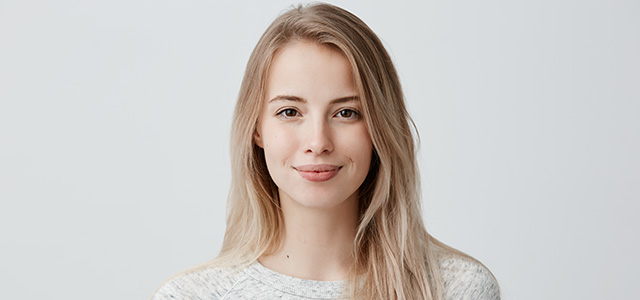How to Remove Scars

Scars can be effectively removed with laser treatment.
Scars come in all shapes and sizes — if you are concerned with the appearance of yours, we can help. Laser treatment is one of the most effective solutions for scars, although dermal fillers, micro-needling and fractional radio frequency can also be used to reduce the appearance of scars. Read on to find out more about these treatments and what they involve…
What does laser treatment involve?
Laser therapy can be used for the treatment of many types of scars, including red, pigmented, uneven, keloid, hypertrophic, and acne scars. Stretchmarks can also be minimised with laser treatment. The type of laser that is used will depend on the type of scar that you would like resolved. We typically use vascular lasers like the KTP laser, YAG laser and BBL to minimise the appearance of red scars, while pigment lasers like Ruby and YAG are often effective for use on pigmented scars. Old, uneven and pale scars can be minimised with the help of fractional resurfacing lasers, while stretchmarks are usually best treated with fractional lasers. Multiple sessions are usually required to achieve the best possible results, but your doctor will let you know how many sessions you will need, depending on the severity of your scar, as well as your particular aesthetic goals. Read more about laser therapy for the treatment of scars here.
What are the alternatives?
Besides laser treatment, there are a number of other treatments that can be performed to minimise the appearance of scars. Certain types of scars can be addressed with the help of injectable dermal fillers. Depressed scars such as those caused by acne, for example, can often be considerably improved with dermal fillers. Find out more about what to expect from dermal filler treatment here.
In cases where other treatments are not suitable, scars can sometimes be resolved with micro-needling and Platelet Rich Plasma (PRP). Micro-needling involves the use of a device known as Dermastamp or Dermapen which applies very fine needles to the skin in order to promote tissue stimulation, skin rejuvenation and scar reduction. By creating micro wounds in the skin, a repair process is triggered, and skin is stimulated to release growth and healing factors. PRP, on the other hand, is a technique that uses a patient’s own cells to stimulate and accelerate the regeneration of damaged skin. Although not all scars can be resolved with this combination of treatments, there are case studies that suggest that issues such as hypopigmentation can be improved in this way. Find out more about what micro-needling involves here, and how PRP works here.
How can we help?
At Ada Aesthetic Medicine, we offer a range of non-surgical treatments that can be used to reduce the appearance of scars. We recommend that you come in for a consultation so that we can discuss your concerns and aesthetic goals.
If you have a scar that you would like treated, please come in and see us so that we can advise you on the best treatment for your needs. To arrange an appointment at our Sydney clinic, please contact us here.
Besides scar removal, we also offer a range of other facial, skin and laser treatments — to see what we offer, please have a look here. We have helped many of our patients enjoy an enhanced appearance — take a look at our gallery to see some of the results we have achieved.

